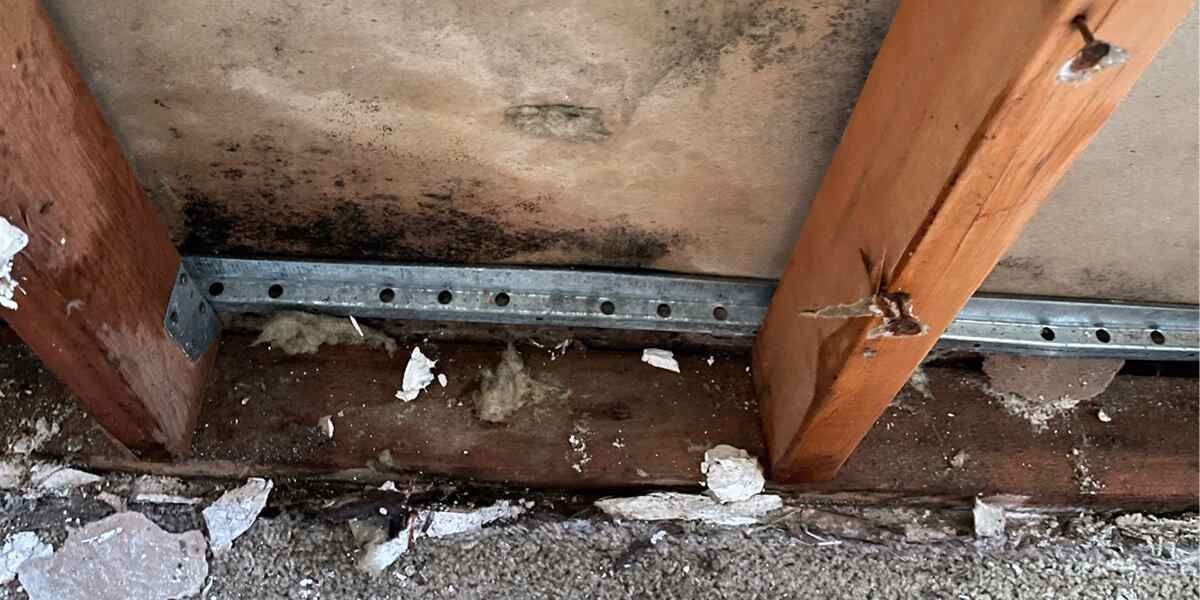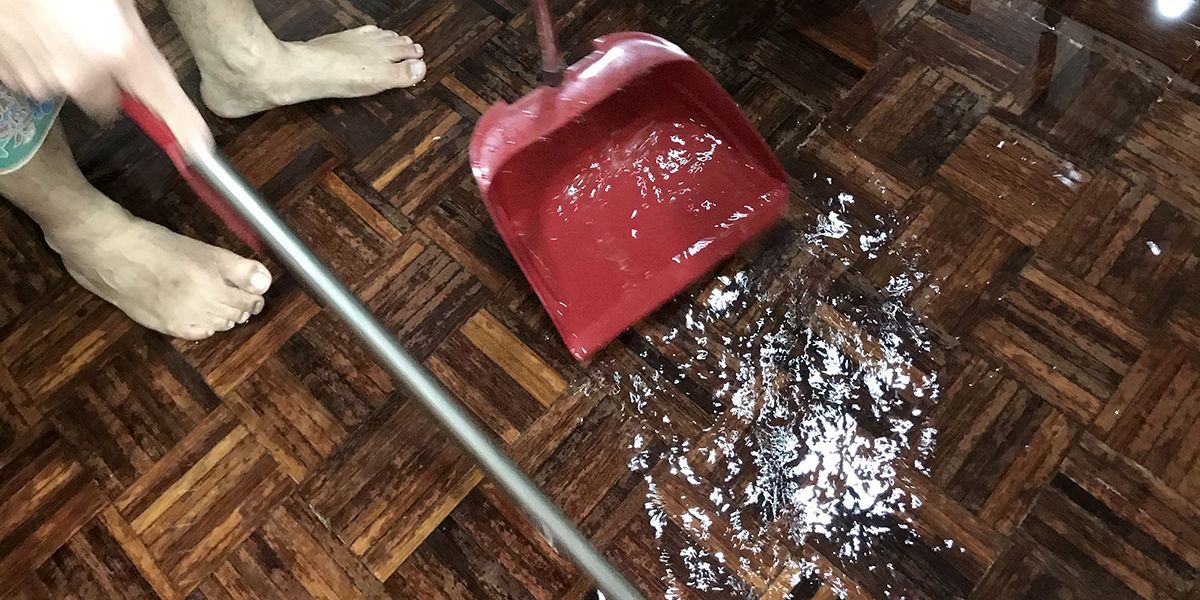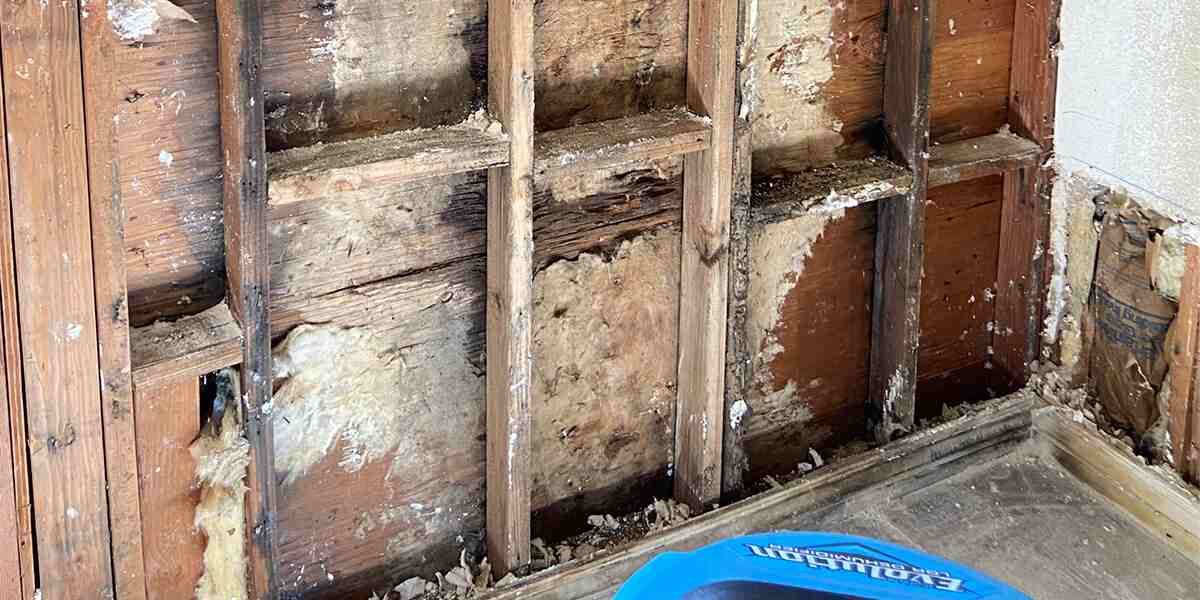Steam Smart Pro Carpet Duct & Tile Cleaning
How Can You Tell If Drywall Has Water Damage?
Do you suspect your Tucson home's drywall has water damage? Reach out to Steam Smart Pro Carpet Duct & Tile Cleaning for a water damage restoration appointment today.
Water damage can occur from a sudden natural disaster, like roof leaks from a severe storm, or develop over time from problems like leaky pipes and appliances. Regardless of the cause of the damage, it's necessary to address the issue immediately to prevent excessive property damage. So, how can you tell if drywall has water damage?
Steam Smart Pro Carpet Duct & Tile Cleaning is Tucson's professional water damage restoration company. Thanks to our knowledge of flooding and water damage, we know how to identify drywall with water damage, including the following warning signs.
Discoloration
Water spots on walls are how many Tucson, AZ, property owners discover water damage behind their drywall. Prolonged water damage usually creates a reddish-brown or yellowish-brown discoloration on drywall in the form of rings or streaks.
Mold Growth
It can take as little as 24 hours for mold colonies to form after a flood. That's why "signs of mold damage" is one of the top answers to "How can you tell if drywall has water damage?"
Mold spores are present in every environment, including your home. However, mold and mildew need moisture, darkness, and food to settle on surfaces and form colonies. For that reason, water leaks behind walls create ideal environments for mold to grow and thrive.
Mold not only damages the structural integrity of walls and other materials. The spores can worsen your indoor air quality, and prolonged exposure to them can cause:
- Upper respiratory illnesses
- Headaches
- Fatigue
- Cough
- Wheezing
- Watery eyes
You can check for mold in several ways. First, shine a light on the wall to check for green or black spots growing above the wet drywall. You could still have mold without seeing spots on any drywall if the room has a musty odor without a clear cause.
Damaged Flooring
Sometimes, flooring will tell you if your walls have water damage below your line of sight. For example, hardwood floors with a gap between the boards near a wall could increase the moisture level around the nearby drywall, especially if the area below the floor gap has high-humidity levels, like a basement or bathroom. Look for dry rot wherever a wall meets the floor and loose baseboards, which could indicate water damage.
Softened Drywall
A consequence of water damage in drywall is a softened wall. The wall might not show obvious physical signs of damage, but it will be soft to the touch in areas with water damage.
You can check for softened drywall by gently pushing on the wall wherever you think the damage is occurring. If you notice the wall sinking inward when you press, the wall's interior likely has water damage and will need replacing.
Paint Peeling from Drywall
Though interior walls with paint generally last up to 15 years before needing a fresh coat of paint, you might notice paint peeling prematurely if the wall has water damage. Paint can peel on water-damaged drywall because the excess moisture inside the wall can stretch the paint on the outside, causing it to bubble, crack, or peel in various shapes and sizes.
The peels could produce minor cracks or big flakes that completely fall off the wall's surface. This problem requires a drywall replacement, not a new paint job.
Cracks in the Drywall
Water-damaged drywall might develop cracks instead of causing the paint on its surface to peel and flake off. Jagged patterns and mortar loss often accompany drywall cracks, even though the surface might not look or feel moist. Multiple cracks in the drywall usually mean it's time to replace the entire drywall panel, but minor damage is repairable.
Warped Drywall
Drywall is relatively sturdy, but excess moisture can make it more pliable than normal. As such, warping or bulging is an obvious sign of moisture damage in drywall.
Minor bulges have simple fixes, like drying out the affected spot and buffing out the uneven surface. However, extensive damage will require a wall replacement. In either case, it's best to address the water leak before repairing or replacing it to prevent the problem from reoccurring.
Water Seeping Through the Wall
A clear answer to "How can you tell if drywall has water damage" is water coming through the walls. The moisture might appear to bubble and drip from the wall, or it can pour freely, depending on the extent of the damage.
Water spots on the wall mean that the moisture level in your property is capable of creating extensive property damage. You might notice a collection of water droplets on the wall, with puddling on the floor beneath the affected area. If water seeps through the drywall, the affected room might feel more humid than other parts of the building.
Sagging Drywall
When you touch your wall, it shouldn't noticeably sag. If it does, its drywall might need replacement due to water damage. Warning signs of sagging drywall are:
- Wall pulls away from insulation
- Wall curves inward
- Wall is thinner
In most cases, you'll need a water damage restoration team to determine the extent of damage for sagging drywall and whether it needs repair or replacement. Still, you can see if your wall is sagging by putting your hand on it and giving it a slight push and pull. If the wall has substantial movement under your hand, drywall replacement is likely the best option.
Turn to the Professionals to Address Your Water-Damaged Drywall
Now that you know the answer to "How can you tell if drywall has water damage?" contact Steam Smart Pro Carpet Duct & Tile Cleaning for top-notch water damage restoration services. Our expertly trained crew has the skills to mitigate any type of water damage, restore properties to their original condition, and prevent mold after water damage. We work quickly and efficiently to repair water damage so our customers can get back to their lives.
Call (520) 416-4308 to contact Steam Smart Pro Carpet Duct & Tile Cleaning and book an appointment with our five-star rated cleaning company.



